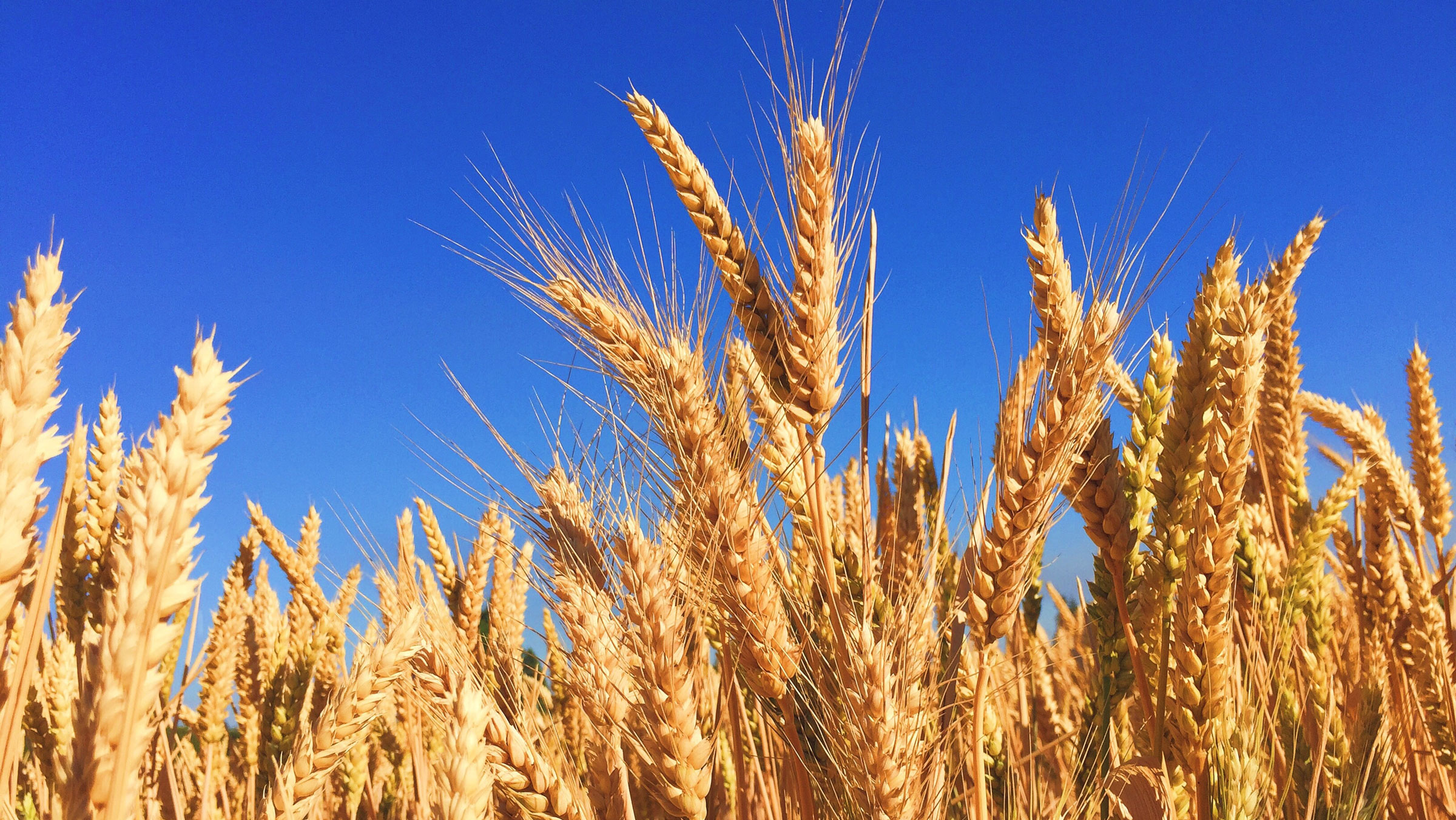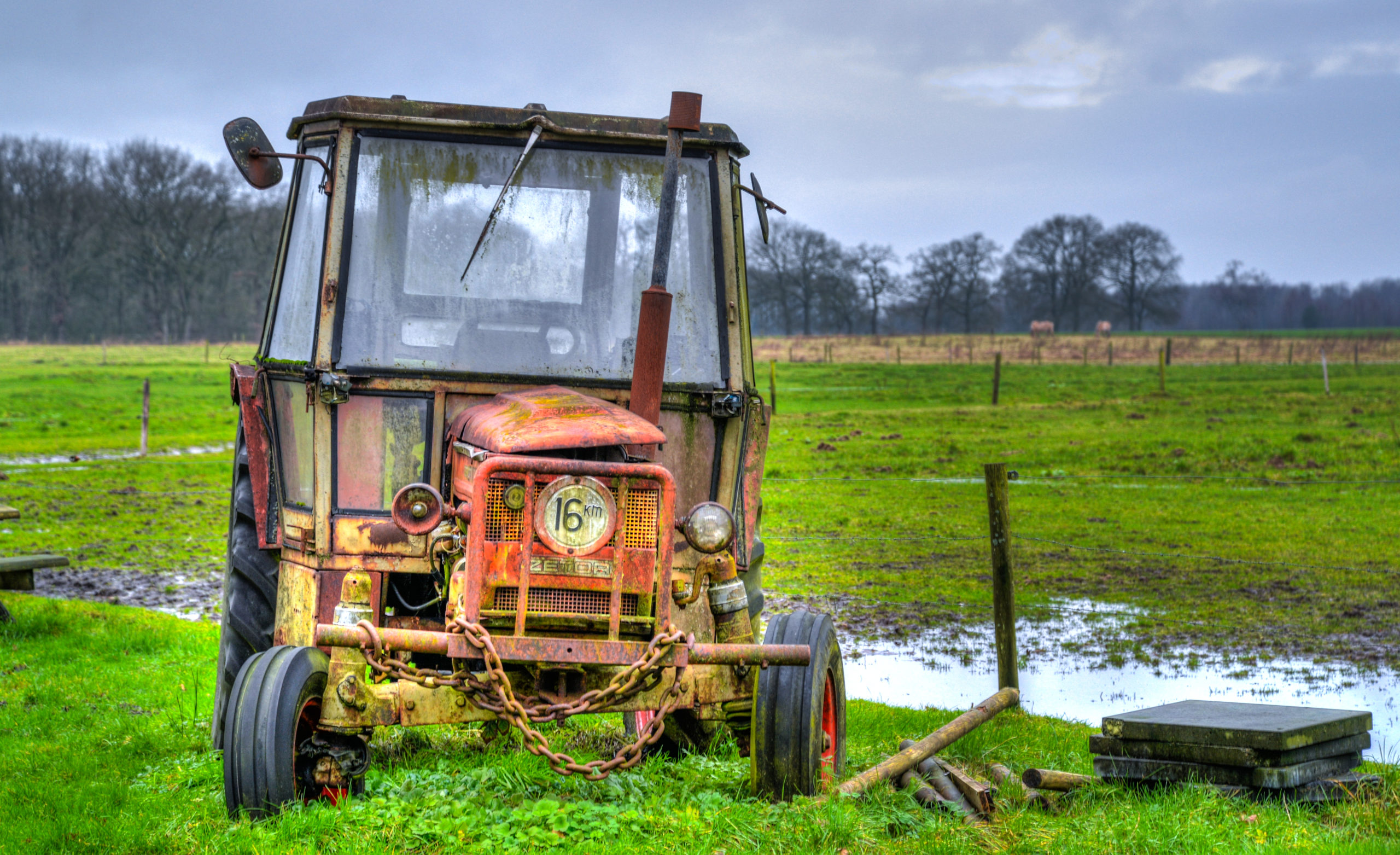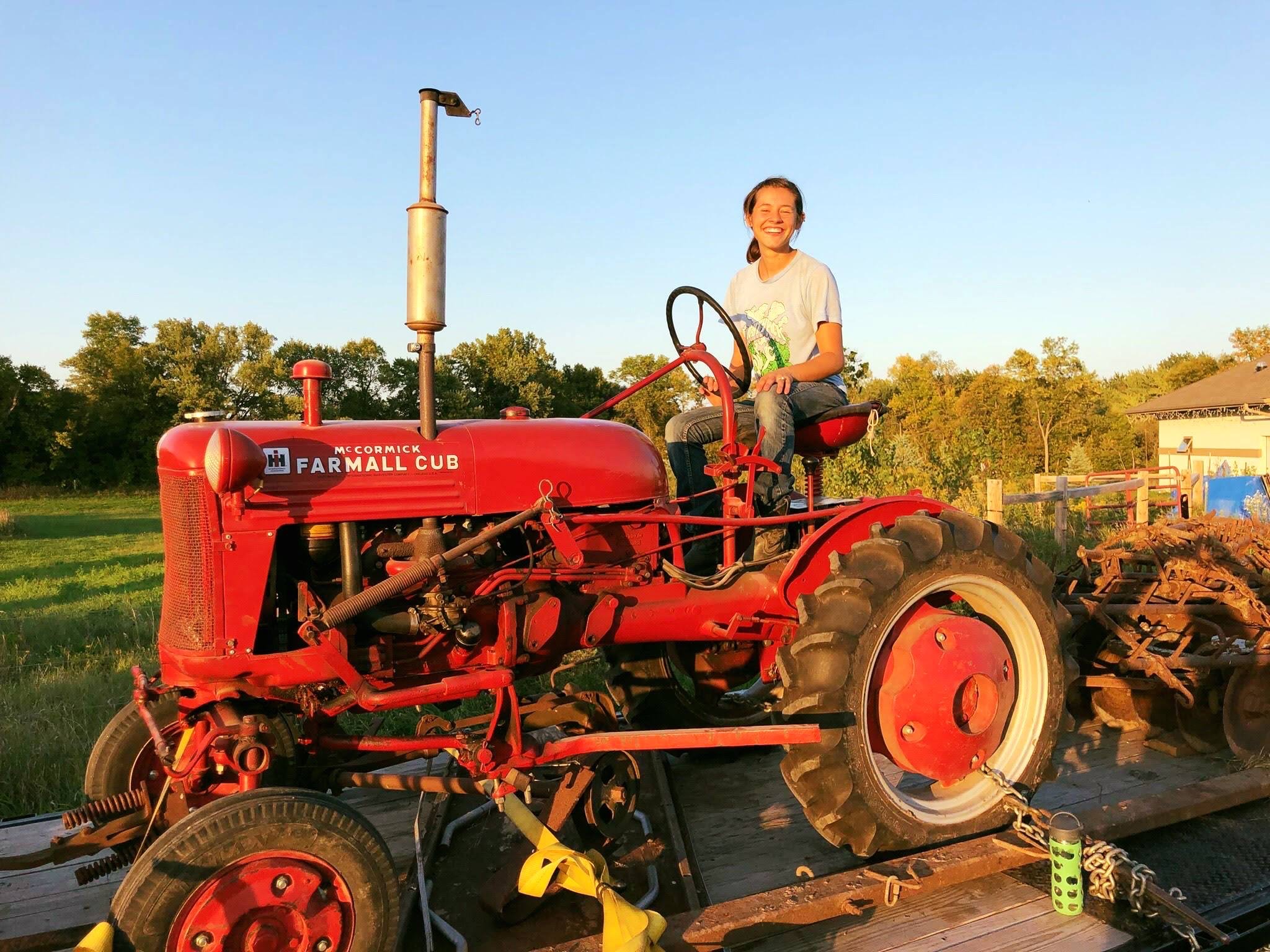Could Minnesota farmers and growers be the heroes of our climate challenge?
In a word, yes.
In 2016, agriculture was responsible for nearly 15% of Minnesota’s carbon emissions. In the not-so-distant future, however, agriculture could not only go carbon neutral but carbon negative—offsetting emissions generated by the energy and industry sectors.
What’s more, sequestering carbon in the soil could also address some of the dire economic challenges many Minnesota farmers and growers face today.
These are tough times for Minnesota farmers and growers
It’s no secret that Minnesota’s farming families are facing some incredibly challenging circumstances.
Over the last 20 years, increasingly intense spring rainfall events, not to mention longer periods of sustained rainfall, have kept farmers out of their fields. Increasing average temperatures have also negatively impacted milk production, animal weight gain, and the pollination of corn and soybean crops.
At the same time, farmers and growers are challenged by serious economic constraints.
Farmers’ and growers’ operations are also often tied to annual operational loan structures. Meaning, they must take loans out in the winter—gambling on what they might produce that season—and then pay those loans back at the end of the year. And, as weather variability increases, making those yield predictions becomes infinitely more challenging. As a result, it becomes difficult to invest in multi-year ROI approaches, such as cover crops and low-till.
What many outside the ag community may not realize—and this is incredibly important to understand—is that, unlike many other business loans, these operational loans are tied to farmers’ and growers’ personal collateral. Meaning, they’re putting their homes, cars, bank accounts, and other personal assets at risk just to go to work every day.
Further complicating an already complex calculus, about half of Minnesota’s cropland is leased, and these cash leases go up for auction every year. As a result, the land a farmer manages this year may be lost to them in the next.
While many do invest time and money into continuing education, not to mention climate-smart practices, it’s clear they’re also fighting to stay in the black. And, climate-smart practices often take three to five years to deliver a return on investment.
With additional support, though, they could make big strides—faster.
The benefits of climate-smart ag are big—and a path to investment is opening-up
When farmers and growers adopt practices that pull carbon from the atmosphere and store it in the soil—like planting cover crops and reducing or eliminating soil tillage—they not only improve soil health and reduce soil erosion, they also have the potential to achieve greater economic resilience.
How so?
While still relatively early, some institutional investors have expressed strong interest in buying carbon credits—and, today, the pathways needed to make carbon credit investment a reality are emerging.
It’s these carbon marketplaces that could deliver the additional income farmers and growers need to move toward greater climate resilience.
Of course, the benefits of climate-smart agriculture don’t end at the farmer’s property line.
In addition to mitigating the impact of climate change for all of us, climate-smart agriculture delivers some critical benefits to rural communities, as well:
- Improving the water quality of lakes and streams, and reducing algal blooms
- Improving odor control through climate-smart manure application management
- Supporting the sustainability of rural jobs created by seed distributors, drying and processing facilities, animal health practices, and transportation
- Delivering a more consistent tax base that supports local roads, schools, and medical clinics
At a time when it seems short-term economics and the environment are often at odds, climate-resilient agriculture is a win-win scenario that offers tremendous potential.
Minnesota offers support for those interested in climate-smart agriculture
The great news: Some Minnesota organizations can help farmers and growers think through their next steps. They can even illuminate potential avenues for funding. From grower associations and the University of Minnesota to governmental agencies, like the Natural Resources Conservation Service, a wealth of information is just a phone call away.
Farmers and growers are also taking the lead in their own communities, forming watershed groups and engaging in community conversations about soil health. Together, they’re helping to ensure that opportunities are known and knowledge is shared, helping farmers and growers new to these approaches can put that insight into practice.
That’s the Minnesota way, after all, isn’t it? Neighbor helping neighbor?
At the end of the day, we’re all simply trying to do the best that we can—for our families and our communities. And in learning together, supporting one another, and creating pathways for investment, we’re optimistic that farmers and growers will be heralded as the heroes of our climate challenge.




